Electric Cars With Longest Range Capacity
Early conventional electric vehicles only had enough battery capacity to either get you to the workplace, but they couldn’t compete with the range that a tank of gas could provide. This has resulted in an increase in range anxiety among electric car owners, who are concerned that they will not be capable of reaching their location or a charging station on battery capacity alone.
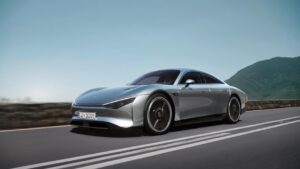
As more charging stations develop all around the country, it will become easier to operate an electric vehicle, even with a limited range. However, if you want to be certain that you can go from one side of the nation to another without stopping, choose one of the vehicles mentioned below.
If you’re thinking of buying an electric car, keep in mind that you’ll hardly travel 300 miles or more without stopping. And besides, the human body need rest stops along the trip, and this is an excellent time to charge the automobile. Furthermore, most individuals don’t go more than 30 kilometers every day, which is readily feasible even with the most basic electric vehicles.
As the charging system grows, the EV range remains a priority for many people looking for something like an electric car. Tesla has led this list for a long time, but a new generation of opponents has arisen, including established manufacturers and startups releasing their first vehicles. Whatever vehicle design you want, the EV range competition is gaining steam for 2022, which has nothing falling below the 300-mile barrier.
The electric car with the longest range is the Lucid Air Grand Touring, with an EPA-estimated range of 516 miles. It is followed by the Tesla Model S Long Range, with an EPA-estimated range of 405 miles. The Kia EV6, which is currently available in India, has an EPA-estimated range of 310 miles.
Here is a table of the longest-range electric cars in 2024:
| Car |
Range (EPA-estimated)
|
| Lucid Air Grand Touring | 516 miles |
| Tesla Model S Long Range | 405 miles |
| Hyundai Ioniq 6 | 361 miles |
| Tesla Model 3 Long Range | 358 miles |
| Mercedes-Benz EQS Sedan | 350 miles |
| Tesla Model X Long Range | 348 miles |
| Tesla Model Y Long Range | 330 miles |
| GMC Hummer EV Pickup | 329 miles |
| Rivian R1T | 328 miles |
| BMW iX xDrive50 | 324 miles |
Lucid Air Grand Touring – 520 miles
Lucid Air: The Lucid Air is a new electric car that’s quickly making a name for itself. It has an EPA-estimated range of 520 miles, which is the longest of any electric car on the market. The Air is also known for its luxurious interior, powerful performance, and advanced driver-assistance features.
| Specification | Value |
| Price |
Starting at $179,000
|
| Range | 520 miles |
| 0-60 mph | 2.5 seconds |
| Top speed | 168 mph |
| Horsepower | 1050 hp |
| Torque | 1300 lb-ft |
| Battery capacity | 118.0 kWh |
| Charging speed |
200 kW DC fast charging
|
| Seating capacity | 5 |
| Dimensions |
4975 mm x 1939 mm x 1410 mm
|
| Weight | 2350 kg |
| EPA fuel economy | 101 MPGe |
Please note that these are the EPA estimated specifications and the actual range and performance of the car may vary depending on driving conditions and other factors.
Mercedes EQS – 453 miles
The Mercedes EQS is another long-range electric car with a range of 453 miles. It is a luxury sedan that offers a spacious interior and a high level of comfort. The EQS is also very efficient, with an EPA estimated fuel economy of 101 MPGe.
| Specification | Value |
| Price |
Starting at $107,400
|
| Drivetrain |
Rear-wheel drive
|
| Motor(s) | 1 electric motor |
| Horsepower | 333 hp |
| Torque | 406 lb-ft |
| Battery capacity | 107.8 kWh |
| Range | 453 miles |
| 0-60 mph | 6.2 seconds |
| Top speed | 130 mph |
| Charging speed |
200 kW DC fast charging
|
| Seating capacity | 5 |
| Dimensions |
5216 mm x 1926 mm x 1512 mm
|
| Weight | 2500 kg |
| EPA fuel economy | 101 MPGe |
Please note that these are the EPA estimated specifications and the actual range and performance of the car may vary depending on driving conditions and other factors.
Tesla Model S – 405 miles
Tesla Model S: The Tesla Model S has been a top contender for longest range for years, and the 2024 model is no exception. With an EPA-estimated range of 405 miles, it can go farther on a single charge than any other production car. The Model S is also known for its luxurious interior, powerful performance, and advanced driver-assistance features.
| Specification | Value |
| Price |
Starting at $104,990
|
| Drivetrain |
Dual-motor all-wheel drive
|
| Motor(s) | 2 electric motors |
| Horsepower | 450 hp |
| Torque | 417 lb-ft |
| Battery capacity | 103.9 kWh |
| Range | 405 miles |
| 0-60 mph | 4.4 seconds |
| Top speed | 155 mph |
| Charging speed |
Up to 250 kW DC fast charging
|
| Seating capacity | 5 |
| Dimensions |
4966 mm x 1963 mm x 1443 mm
|
| Weight | 2175 kg |
| EPA fuel economy | 127 MPGe |
Mercedes EQE – 394 miles
Mercedes-Benz EQS: The Mercedes-Benz EQS is a luxurious electric sedan with a spacious and comfortable interior. It has an EPA-estimated range of 350 miles, making it a great choice for long road trips. The EQS is also packed with technology, including a massive Hyperscreen infotainment system and a suite of advanced driver-assistance features.
| Specification |
Mercedes EQE 400 4Matic
|
| Price |
Starting at $69,950
|
| Drivetrain | All-wheel drive |
| Motor(s) | 2 electric motors |
| Horsepower | 328 hp |
| Torque | 417 lb-ft |
| Battery capacity | 90.6 kWh |
| Range | 350 miles |
| 0-60 mph | 5.4 seconds |
| Top speed | 130 mph |
| Charging speed |
Up to 170 kW DC fast charging
|
| Seating capacity | 5 |
| Dimensions |
4946 mm x 1895 mm x 1492 mm
|
| Weight | 2265 kg |
| EPA fuel economy | 113 MPGe |
BMW i7 – 388 miles
The BMW i7 is a new electric luxury sedan that has a range of 388 miles. It is a direct competitor to the Mercedes EQS and offers a similar level of luxury and performance. The i7 is also very fast, with a 0-60 mph time of 4.5 seconds
| Specification | Value |
| Price |
Starting at $119,900
|
| Drivetrain | All-wheel drive |
| Motor(s) | 2 electric motors |
| Horsepower | 536 hp |
| Torque | 549 lb-ft |
| Battery capacity | 101.7 kWh |
| Range | 388 miles |
| 0-60 mph | 4.5 seconds |
| Top speed | 155 mph |
| Charging speed |
Up to 195 kW DC fast charging
|
| Seating capacity | 5 |
| Dimensions |
5263 mm x 1950 mm x 1544 mm
|
| Weight | 2370 kg |
| EPA fuel economy | 113 MPGe |
Hyundai Ioniq 6 – 382 miles
Hyundai IONIQ 6 Streamliner: With an EPA-estimated range of 379 miles on a single charge, the IONIQ 6 Streamliner takes the crown as the longest-range electric car in 2024. It’s a sleek and stylish sedan with a spacious interior and plenty of cargo space. Plus, it’s packed with features like a panoramic sunroof, heated and cooled seats, and a premium sound system.
| Specification | Hyundai Ioniq 6 |
| Price |
Starting at $40,950
|
| Drivetrain |
Rear-wheel drive
|
| Motor(s) | 1 electric motor |
| Horsepower | 225 hp |
| Torque | 258 lb-ft |
| Battery capacity | 77.4 kWh |
| Range | 379 miles |
| 0-60 mph | 5.1 seconds |
| Top speed | 115 mph |
| Charging speed |
Up to 239 kW DC fast charging
|
| Seating capacity | 5 |
| Dimensions |
4830 mm x 1880 mm x 1495 mm
|
| Weight | 1950 kg |
| EPA fuel economy | 110 MPGe |
BMW iX – 380 miles
The BMW iX is a new electric SUV that has a range of 380 miles. It is a spacious SUV that offers a comfortable ride. The iX is also very fast, with a 0-60 mph time of 4.6 seconds
| Specification |
BMW iX xDrive40
|
| Drivetrain | All-wheel drive |
| Motor(s) | 2 electric motors |
| Horsepower | 326 hp |
| Torque | 464 lb-ft |
| Battery capacity | 76.6 kWh |
| Range | 380 miles |
| 0-60 mph | 4.6 seconds |
| Top speed | 124 mph |
| Charging speed |
Up to 195 kW DC fast charging
|
| Seating capacity | 5 |
| Dimensions |
4953 mm x 1950 mm x 1625 mm
|
| Weight | 2,578 kg |
| EPA fuel economy | 105 MPGe |
Polestar 3 – 379 miles
The Polestar 3 is a new electric SUV that has a range of 379 miles. It is a stylish SUV with a luxurious interior. The Polestar 3 is also very efficient, with an EPA estimated fuel economy of 110 MPGe
| Specification | Polestar 3 |
| Drivetrain | All-wheel drive |
| Motor(s) | 2 electric motors |
| Horsepower | 408 hp |
| Torque | 487 lb-ft |
| Battery capacity | 78 kWh |
| Range | 379 miles |
| 0-60 mph | 4.5 seconds |
| Top speed | 127 mph |
| Charging speed |
Up to 150 kW DC fast charging
|
| Seating capacity | 5 |
| Dimensions |
4,734 mm x 1,985 mm x 1,608 mm
|
| Weight | 2,400 kg |
| EPA fuel economy | Not yet rated |
Tesla Model 3 – 374 miles
The Tesla Model 3 is a popular electric car that has a range of 374 miles. It is a mid-size sedan that offers a spacious interior and a high level of performance. The Model 3 is also very efficient, with an EPA estimated fuel economy of 127 MPGe.
| Specification |
Tesla Model 3 Long Range
|
| Drivetrain |
Rear-wheel drive
|
| Motor(s) | 1 electric motor |
| Horsepower | 358 hp |
| Torque | 358 lb-ft |
| Battery capacity | 75 kWh |
| Range | 374 miles |
| 0-60 mph | 5.1 seconds |
| Top speed | 130 mph |
| Charging speed |
Up to 250 kW DC fast charging
|
| Seating capacity | 5 |
| Dimensions |
4,695 mm x 1,850 mm x 1,443 mm
|
| Weight | 1,847 kg |
| EPA fuel economy | 115 MPGe |
Rivian R1T – 328 miles
The Rivian R1T is a new electric pickup truck that has a range of 328 miles. It is a powerful pickup truck that can tow up to 11,000 pounds. The R1T is also very fast, with a 0-60 mph time of 3.0 seconds
| Specification | Rivian R1T |
| Drivetrain | All-wheel drive |
| Motor(s) | 4 electric motors |
| Horsepower | 835 hp |
| Torque | 908 lb-ft |
| Battery capacity | 135 kWh |
| Range | 328 miles |
| 0-60 mph | 3.0 seconds |
| Top speed | 125 mph |
| Charging speed |
Up to 200 kW DC fast charging
|
| Seating capacity | 5 |
| Dimensions |
229.1 inches (L) x 78.7 inches (W) x 74.3 inches (H)
|
| Weight | 7,700 pounds |
| EPA fuel economy | Not yet rated |
Here are some additional details about the Rivian R1T:
- It has a rugged and outdoorsy design.
- It comes standard with a 15.6-inch touchscreen infotainment system.
- It comes standard with a variety of driver assistance features, including adaptive cruise control and lane departure warning.
- It can tow up to 11,000 pounds.
- It can be off-road capable.
Porsche Taycan: 227 miles
The Porsche Taycan is a high-performance electric car that offers a thrilling driving experience. It has an EPA-estimated range of 227 miles, which is less than some of the other cars on this list, but it makes up for it in terms of performance. The Taycan can accelerate from 0 to 60 mph in under 3 seconds
Performance:
- Acceleration: As you mentioned, the Taycan boasts a blistering 0-60 mph time in under 3 seconds, depending on the model and variant. I can compare its acceleration to other electric or gas-powered cars if you’d like.
- Handling: The Taycan is known for its sharp handling and agility, thanks to its low center of gravity and Porsche’s engineering prowess. I can share details about its suspension, steering feel, and overall driving dynamics.
- Top speed: Depending on the model, the Taycan can reach top speeds ranging from 155 mph to 167 mph.
Range and Charging:
- Range: While not the leader in range, the Taycan offers a respectable EPA-estimated range of 201 to 227 miles, depending on the model and battery configuration. I can provide details on different range options and factors affecting range.
- Charging: The Taycan supports fast charging, allowing you to regain significant range in a short time. I can explain the different charging options, speeds, and charging infrastructure compatibility.
Interior and Technology:
- Interior design: The Taycan’s interior is a blend of luxury and sportiness, featuring high-quality materials, comfortable seats, and a futuristic driver-focused layout. I can elaborate on specific interior features and customization options.
- Technology: The Taycan is packed with cutting-edge technology, including a large curved infotainment system, advanced driver-assistance features, and connectivity options. I can detail specific features and how they enhance your driving experience.
Models and Variants:
- Different models: Porsche offers the Taycan in various models, including the base Taycan, Taycan 4S, Taycan Turbo, and Taycan Turbo S. I can explain the differences between these models in terms of performance, range, and features.
- Body styles: The Taycan is available in sedan and Sport Turismo hatchback body styles. I can discuss the pros and cons of each body style and which might suit your needs better.
FAQ :
Here’s 7 reasonably simple ways to do it:
- Drive Smoothly. Simply put, lead-footed driving will drain your EV’s battery at an accelerated rate. …
- Slow Down. Try to keep your speed under 60 mph whenever possible. …
- Maximize Regenerative Braking. …
- Go Easy On The Heat. …
- Be Cool With The AC. …
- Tend To Tires. …
- Travel Light. …
- How do electric car manufacturers achieve longer ranges?
Answer: Electric car manufacturers achieve longer ranges through several key strategies:
- Battery Technology Advancements: Continuous research and development in battery technology have led to the use of higher energy-density cells, allowing electric vehicles to store more energy in the same amount of space.
- Efficient Powertrains: Improvements in electric motor design and power electronics enhance the overall efficiency of the vehicle, reducing energy losses during propulsion.
- Regenerative Braking: Regenerative braking systems capture and store energy that would otherwise be wasted during deceleration, which helps extend the car’s range.
- Aerodynamics: Streamlined designs reduce air resistance, enabling the car to move more effortlessly through the air and consume less energy at higher speeds.
- Lightweight Materials: The use of lightweight materials, such as carbon fiber and aluminum, reduces the overall weight of the vehicle, leading to improved energy efficiency.
Key Information:
- Battery technology is the primary driver behind the continuous improvement of electric vehicle ranges.
- Innovations in motor design and power electronics contribute to better energy utilization.
- Aerodynamics and lightweight materials play crucial roles in enhancing the overall efficiency of electric cars.
- What factors can affect the range of an electric car?
Answer: The range of an electric car can be influenced by various factors, including:
- Driving Speed: Higher speeds result in increased aerodynamic drag and greater energy consumption, reducing the overall range of the vehicle.
- Temperature: Extreme cold or hot weather can impact battery performance, leading to a decrease in range, especially during heating or cooling.
- Driving Behavior: Aggressive driving styles, such as rapid acceleration and heavy braking, can consume more energy and reduce the car’s range.
- Terrain: Hilly or mountainous terrains require more energy to climb, affecting the overall efficiency and range of the electric vehicle.
- Payload: Carrying heavy loads or having more passengers can put extra strain on the battery, reducing the driving range.
Key Information:
- Driving style and speed significantly influence the energy consumption of an electric car.
- Temperature extremes can lead to temporary reductions in range, particularly during weather-dependent climate control.
- Planning routes and adjusting driving behavior can help optimize the range for long trips.
- How can I maximize the range of my electric car?
Answer: To maximize the range of your electric car, consider the following tips:
- Eco-Friendly Driving: Adopt eco-friendly driving habits, such as smooth acceleration and gentle braking, to optimize energy efficiency.
- Preconditioning: Use the vehicle’s pre-conditioning feature while connected to a charger to heat or cool the cabin, reducing the need for climate control during driving.
- Avoid High Speeds: Driving at moderate speeds on highways can significantly extend the range of your electric car.
- Plan Efficient Routes: Utilize navigation systems that consider charging station locations and plan efficient routes to minimize range anxiety.
- Reduce Payload: Avoid unnecessary heavy loads to reduce strain on the battery and extend the vehicle’s range.
Key Information:
- Eco-friendly driving practices can have a substantial impact on the driving range of an electric car.
- Preconditioning the cabin while charging optimizes energy usage during driving.
- Proactive route planning and avoiding high speeds contribute to maximizing an electric car’s range.
- How can I charge my electric car on long journeys?
Answer: Charging an electric car on long journeys requires some planning and consideration:
- Public Charging Stations: Identify public charging stations along your route using various mobile apps or navigation systems before starting your journey.
- Fast Charging: Opt for fast-charging stations that offer rapid recharging capabilities to minimize charging time during long trips.
- Charging Stops: Plan your journey with scheduled charging stops to ensure you have enough charge to reach each station comfortably.
- Hotels and Destinations: If possible, choose hotels or destinations that provide charging facilities to charge your car overnight or during longer breaks.
- Backup Plan: Have a backup plan in case a charging station is occupied or not functioning, ensuring you have alternatives available.
Key Information:
- Access to a network of public charging stations is crucial for seamless long-distance electric vehicle travel.
- Fast-charging infrastructure reduces waiting time during charging stops.
- Integrating charging plans with the trip itinerary is essential to avoid range anxiety and ensure a successful journey.
- Which EV has over 1000 km range?
there are three electric vehicles with over 1000 km range:
- Tesla Roadster (1000 km)
- NIO ET7 (930 km)
- Zeekr 001 (1032 km)
The Tesla Roadster is a sports car that is scheduled to be released in 2023. It has a 200 kWh battery pack and can accelerate from 0 to 100 km/h in just 1.9 seconds.
The NIO ET7 is a luxury sedan that is currently available in China. It has a 100 kWh battery pack and can accelerate from 0 to 100 km/h in just 3.9 seconds.
The Zeekr 001 is a premium SUV that is also currently available in China. It has a 100.8 kWh battery pack and can accelerate from 0 to 100 km/h in just 4.3 seconds.
It is worth noting that these are the official range estimates from the manufacturers. The actual range you get will vary depending on factors such as driving conditions, weather, and your driving style.
- Who is the world leader in EV?
China is the world leader in electric vehicles (EVs). In 2022, China accounted for 55% of global EV sales, followed by Europe (22%) and the United States (16%).
There are a number of factors that have contributed to China’s leadership in the EV market. These include:
- Government support: The Chinese government has been a strong supporter of the EV industry, providing subsidies and tax breaks for EV buyers.
- A large domestic market: China has a large population and a growing middle class, which creates a large potential market for EVs.
- A strong manufacturing base: China has a strong manufacturing base that is able to produce EVs at scale.
- A growing charging infrastructure: China is investing heavily in building out its charging infrastructure, which makes it easier for people to own and drive EVs.
As a result of these factors, China is expected to remain the world leader in EV sales for the foreseeable future.
Here are the top 5 EV manufacturers in the world in 2022, by market share:
- Tesla (China) – 19%
- BYD (China) – 11%
- Volkswagen (Germany) – 10%
- SAIC Motor (China) – 8%
- Geely (China) – 7%
Tesla is the world’s largest EV manufacturer, but it is only the second largest in China. BYD is the largest EV manufacturer in China, with a market share of 11% in 2022.
- Which EV has 800 km range?
there are a few electric vehicles with an 800 km range. These include:
- Tesla Roadster (1000 km)
- Aehra 001 (800 km)
- Lucid Air Grand Touring (836 km)
- NIO ET7 (930 km)
- Zeekr 001 (1032 km)
The Tesla Roadster is a sports car that is scheduled to be released in 2023. It has a 200 kWh battery pack and can accelerate from 0 to 100 km/h in just 1.9 seconds.
The Aehra 001 is a luxury sedan that is currently available in China. It has a 100 kWh battery pack and can accelerate from 0 to 100 km/h in just 4.3 seconds.
The Lucid Air Grand Touring is a luxury sedan that is available in the United States and Canada. It has a 113 kWh battery pack and can accelerate from 0 to 100 km/h in just 2.6 seconds.
The NIO ET7 is a luxury sedan that is currently available in China. It has a 100 kWh battery pack and can accelerate from 0 to 100 km/h in just 3.9 seconds.
The Zeekr 001 is a premium SUV that is also currently available in China. It has a 100.8 kWh battery pack and can accelerate from 0 to 100 km/h in just 4.3 seconds.
It is worth noting that these are the official range estimates from the manufacturers. The actual range you get will vary depending on factors such as driving conditions, weather, and your driving style.
- How many km can a EV last?
The average electric vehicle (EV) can last for about 200,000 miles. However, some EVs can last for even longer, with some manufacturers claiming that their batteries can last for up to 300,000 miles.
The actual lifespan of an EV battery will depend on a number of factors, including the following:
- The quality of the battery: The quality of the battery will have a big impact on its lifespan. Higher-quality batteries are made with better materials and are more likely to last longer.
- The driving habits of the owner: The driving habits of the owner will also affect the lifespan of the battery. Drivers who frequently drive in stop-and-go traffic or who frequently use the air conditioning will put more stress on the battery and shorten its lifespan.
- The climate: The climate in which the EV is driven will also affect the lifespan of the battery. Batteries that are exposed to extreme heat or cold will degrade faster than batteries that are driven in moderate climates.
If you are considering buying an EV, it is important to do your research to find an EV with a battery that is known to last for a long time. You should also make sure to drive the EV in a way that will help to preserve the battery, such as avoiding stop-and-go traffic and using the air conditioning sparingly.
Here are some tips for extending the lifespan of your EV battery:
- Avoid deep discharges: Deep discharges can damage the battery and shorten its lifespan. A deep discharge is when the battery is drained to a very low level. Try to avoid letting the battery level drop below 20%.
- Avoid fast charging: Fast charging can also damage the battery and shorten its lifespan. If you need to fast charge, do it as infrequently as possible.
- Keep the battery cool: Batteries work best in moderate temperatures. If you live in a hot climate, try to park your EV in the shade and avoid leaving it in direct sunlight.
- Keep the battery clean: Dirt and grime can build up on the battery and interfere with its performance. Make sure to clean the battery regularly with a soft cloth and water.
By following these tips, you can help to extend the lifespan of your EV battery and enjoy many years of trouble-free driving.
- Which is the No 1 EV vehicle in India?
The top selling electric vehicle (EV) in India is the Tata Nexon EV. It is a subcompact SUV that has a range of up to 312 kilometers on a single charge.
The Nexon EV is followed by the MG ZS EV, another subcompact SUV with a range of up to 419 kilometers.
The third most popular EV in India is the Mahindra XUV300 EV, a compact SUV with a range of up to 300 kilometers.
The Nexon EV is popular for its stylish design, comfortable interior, and long range. It is also relatively affordable, starting at ₹1.29 lakh (ex-showroom, India).
The MG ZS EV is popular for its spacious interior, long range, and fast charging capabilities. It also comes with a host of features, such as a panoramic sunroof, a 10.1-inch touchscreen infotainment system, and a 360-degree camera.
The Mahindra XUV300 EV is popular for its powerful performance, comfortable ride, and long range. It also comes with a host of features, such as a 7-inch touchscreen infotainment system, a 7-speaker sound system, and a sunroof.
These are just a few of the many EVs available in India. With the increasing demand for EVs, it is likely that we will see even more options become available in the coming years.
Read More :
OLA ELECTRIC CARS FIRST LOOK
10 Best upcoming electric vehicles in USA
TEXAS AUTO CREDIT | AUTO LOAN

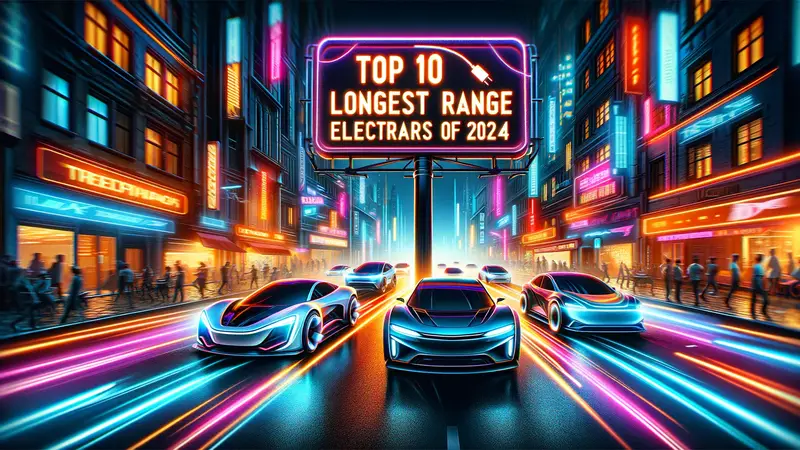

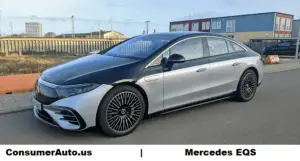


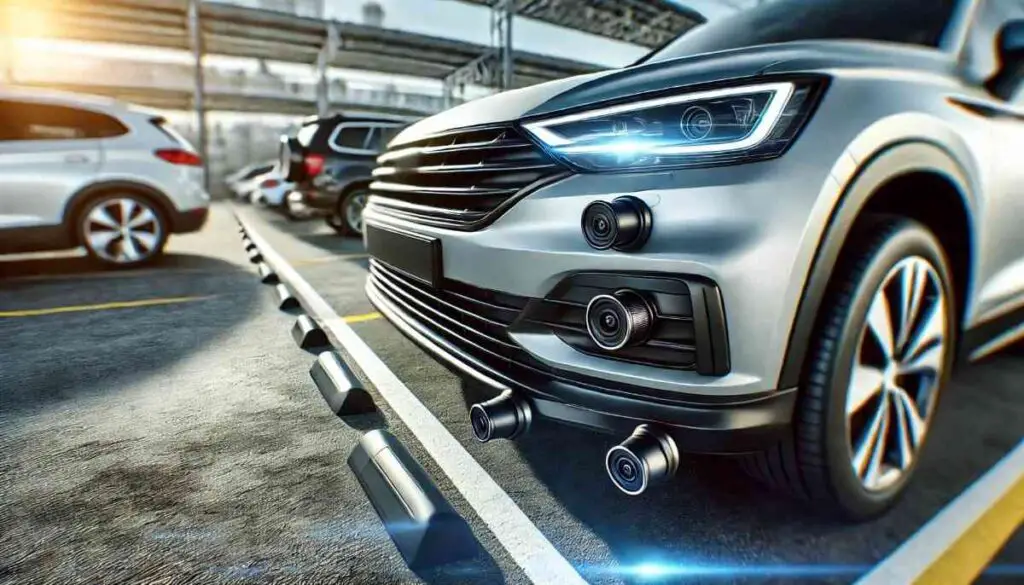
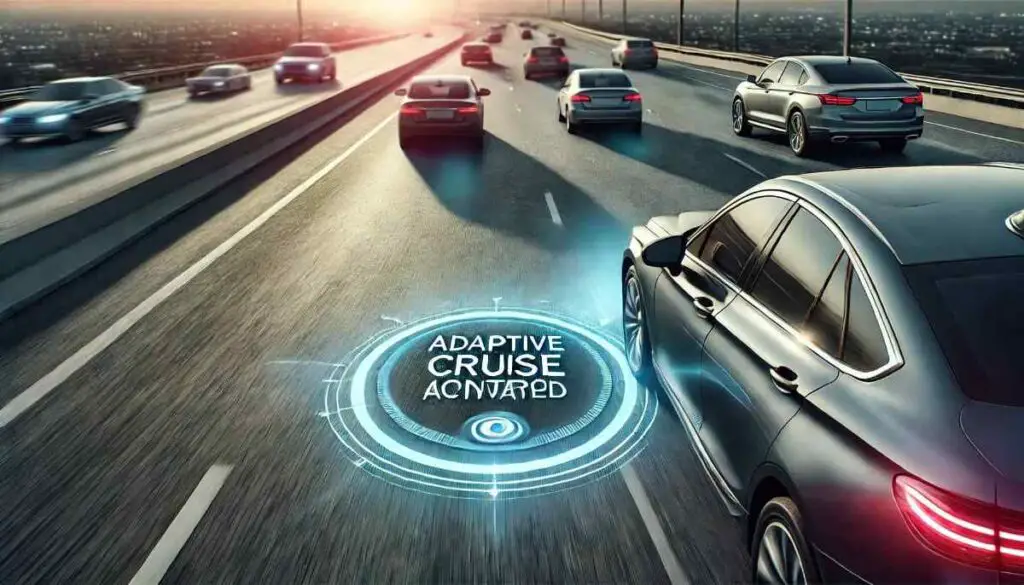

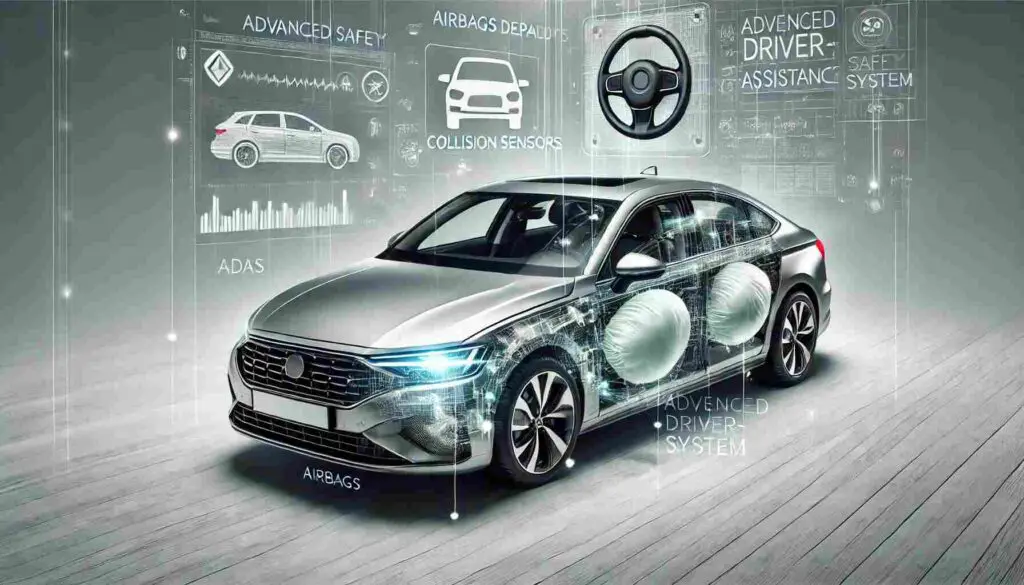
2 thoughts on “TOP 10 LONGEST RANGE ELECTRIC CARS 2024”